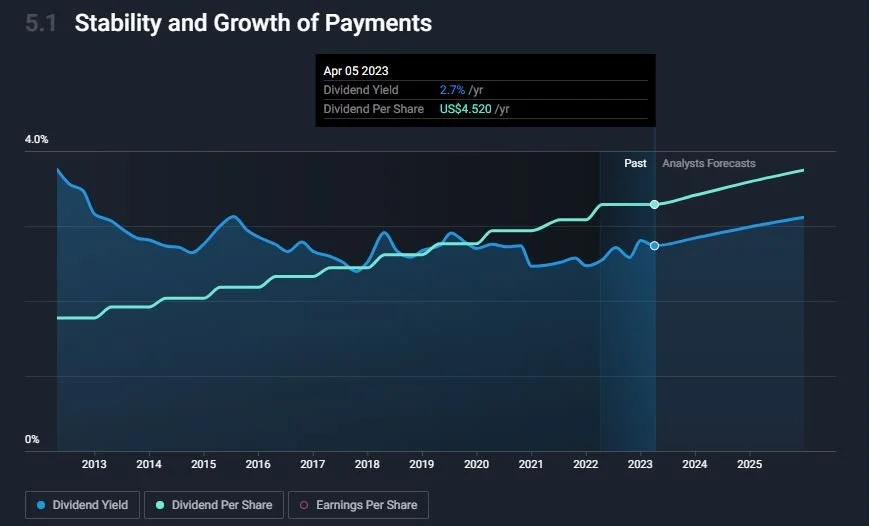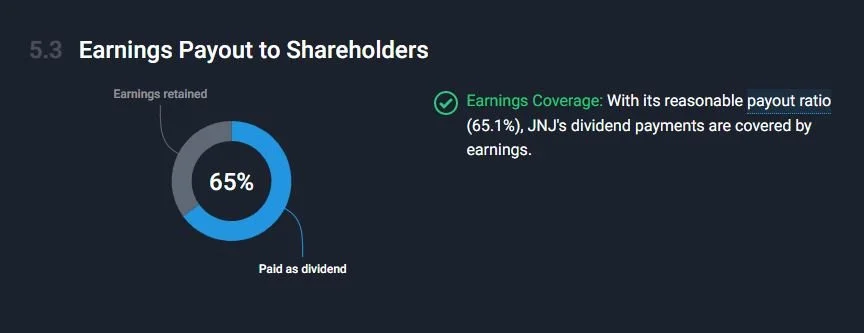Dividend Investing 101: Building a Passive Income Stream with Stocks
For investors looking for steady returns and a passive income stream, dividend investing is a strategy that is growing in popularity. Investors can create a dependable source of income while lowering risk by concentrating on businesses that pay consistent and increasing dividends. We'll go into more detail about the advantages of dividend investing in this comprehensive guide, offer standards for spotting high-quality dividend stocks, examine the idea of Dividend Aristocrats and Dividend Kings, go over the importance of reinvesting dividends, and provide advice for balancing growth and income in your portfolio.
The Benefits of Dividend Investing
Dividend investing offers several advantages that make it an attractive strategy for many investors:
Passive income: Dividends provide a steady stream of income, making it an ideal strategy for investors seeking regular cash flow, such as retirees or those looking to supplement their income.
Reduced volatility: Dividend-paying stocks tend to be more stable and less volatile, as they are typically well-established companies with reliable earnings. This stability can help cushion your portfolio during market downturns.
Capital appreciation potential: Over time, well-managed companies with growing dividends often see their stock prices increase, providing capital appreciation in addition to income. This combination of income and growth can lead to attractive total returns.
Inflation protection: Companies with pricing power can increase dividends to keep pace with inflation, helping to preserve the purchasing power of your income stream.
Tax advantages: In many countries, dividend income may be taxed at a lower rate than other types of investment income, providing tax-efficient returns and allowing your investments to grow more rapidly.
Identifying High-Quality Dividend Stocks
To build a successful dividend-focused portfolio, consider the following factors when evaluating potential investments:
Dividend yield: The annual dividend payment divided by the stock price, expressed as a percentage. Look for companies with an attractive yield compared to their peers and the overall market. However, a higher yield isn’t always better. Sometimes, a company will have a high dividend yield due to higher risk. Therefore, be cautious of extremely high yields, as they may indicate potential risks or unsustainable dividends. Check a company’s future prospects, payout ratio, and financial health to determine its risk.
Dividend growth: Companies that consistently increase their dividends over time are more likely to continue doing so, providing a growing income stream. Analyze a company's dividend growth rate and track record to assess its commitment to shareholder returns. Below is an example of Johnson and Johnson’s dividend track record in the past decade (taken from simplywall.st). As you can see, it has grown its dividend per share every year, going from an annualized payment of $2.44 in 2012 to $4.52/share in 2023.
Source: Simplywall.st, JNJ stock dividend history
Payout ratio: The percentage of earnings paid out as dividends. A lower payout ratio indicates that a company has room to increase its dividend, while a high ratio may signal an unsustainable dividend. A healthy payout ratio is generally under 60%-65% for most industries (not including Real Estate Investment Trusts — REITs — which generally have higher payout ratios due to the nature of their business models), but the lower, the better. As per the simplywall.st image below, JNJ stock has a healthy payout ratio of 65%.
Source: Simplywall.st
Financial health: Strong balance sheets, low debt levels, and consistent earnings growth help ensure that a company can maintain and grow its dividend. Look for companies with a history of profitability, positive cash flow, and a manageable debt-to-equity ratio.
Competitive advantage: Seek out companies with a sustainable competitive advantage or “moats,” (a term made famous by Warren Buffett) such as a strong brand, intellectual property, or a dominant market position. These factors can help protect a company's earnings and dividends from competitive pressures.
Dividend Aristocrats and Dividend Kings: Consistent Payers and Performers
Dividend Aristocrats are companies in the S&P 500 index that have increased their dividends annually for at least 25 consecutive years. These companies have demonstrated their commitment to rewarding shareholders and have proven their ability to navigate various economic environments. Investing in Dividend Aristocrats can provide you with a portfolio of high-quality, reliable dividend payers.
Dividend Kings, an even more exclusive group, are companies that have increased their dividends annually for at least 50 consecutive years. These exceptional companies have not only weathered numerous economic cycles but have also shown incredible resilience and adaptability. Including Dividend Kings in your portfolio can further enhance the reliability and growth potential of your dividend income stream.
Some well-known Dividend Kings are Johnson & Johnson (JNJ), Coca-Cola (KO), Procter & Gamble (PG), and 3M (MMM).
Reinvesting Dividends: The Power of Compound Interest
Reinvesting dividends can significantly enhance your long-term investment returns. By using dividends to purchase additional shares, you can harness the power of compound interest, as your reinvested dividends generate even more income over time. Many brokerage firms and companies offer dividend reinvestment plans (DRIPs) that allow you to automatically reinvest your dividends, making the process simple and convenient.
Balancing Growth and Income in Your Portfolio
While dividend investing can provide a steady income stream, it's essential to maintain a well-diversified portfolio. Consider allocating a portion of your investments to growth stocks, which may not pay dividends but have the potential for significant capital appreciation. Balancing dividend-paying stocks with growth stocks can help you achieve both income and capital growth while mitigating risk.
Conclusion
Dividend investing offers a powerful strategy for generating passive income and building long-term wealth. By selecting high-quality dividend stocks, focusing on Dividend Aristocrats and Dividend Kings, reinvesting dividends, and maintaining a diversified portfolio, you can create a reliable and growing income stream while minimizing risk. Happy investing!
Recommended Tool for Investors — Simplywall.st
Simply Wall St helps retail investors build successful stock portfolios with their platform, where you can research and analyze the companies you love. Access highly-useful stock screeners and easily analyze a company’s balance sheet health, insider trades, analyst forecasts, valuation metrics, and more.
Simply Wall St is free to use forever, but if you want a 14-day free trial and a 30% discount, then you can sign up through our link by clicking here.

